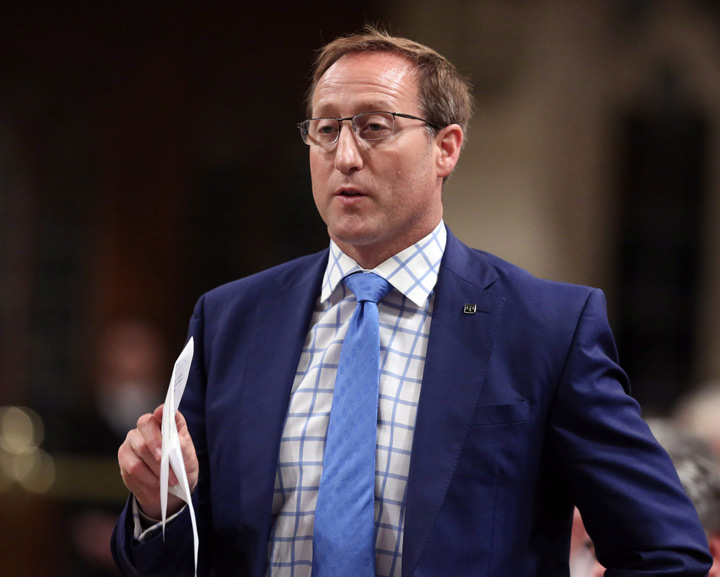No matter who wins, there will be plenty of rookie members of Parliament after October’s election: 18 per cent of current MPs aren’t running.

Most of the exiting incumbents are Conservatives: 32 of them – 20 per cent of the Tory MPs – have decided not to run or been defeated in nomination contests. Some are prominent cabinet ministers such as Peter MacKay, James Moore, and Christian Paradis.
And some prominent Conservatives left months before the election. John Baird, the former minister of foreign affairs, resigned as MP in March. His seat remains vacant, as does that of Patrick Brown, who resigned to become leader of Ontario’s Progressive Conservatives. (None of the vacant seats were included in our calculations.)
Another star Conservative, former finance minister Jim Flaherty, resigned from cabinet in March 2014. He died a month later. Conservative Pat Perkins won Flaherty’s old seat handily in a by-election.
The graphic below shows sitting Conservative MPs who have chosen not to run, or have lost nomination contests.
The NDP and Liberals fare better: Each is losing about 14 per cent of its incumbents.
How much will losing these veterans hurt parties this fall?
David McLaughlin knows what it’s like to lose incumbents. He was chief of staff to Conservative Prime Minister Brian Mulroney, then a senior political and policy advisor to Kim Campbell when a wave of exiting Tories preceded a big loss for the party.
“Incumbency means name recognition,” he said. He figures that alone can be worth up to six percentage points of the vote.
It also means experience, he said.
“They know their riding, how to organize, usually have a personal team of volunteers and campaign workers they can count on. Every new candidate is starting from scratch, to some degree. That is why parties seek to nominate candidates early for winnable non-held ridings – to give them time to build their organization.”
The addition of 30 new ridings means even more candidates starting from scratch in this election.
But it’s unusual to have so few incumbents running.
In the 2011 federal election, only 17 sitting MPs decided not to run for re-election, compared to 55 this year – not even counting those who have not declared their intentions or have yet to compete in nomination contests.
The last time there were so many exiting incumbents was in 2004, when the Liberals lost their majority and Paul Martin squeaked to victory with a minority government.
The last time there were more dropouts than this year was in 1993, when Chretien’s Liberals crushed the Progressive Conservatives.
An analysis by Bloomberg in June found a correlation between high dropout rates and big losses for governing parties. But it hasn’t always meant electoral defeat.
There is always turnover, McLaughlin said. But 1993 and 2004 were “change elections.”
He thinks 1993 had a different dynamic due to the change in Progressive Conservative leadership though.
“When you change leaders, having a change of MPs and Ministers to match is a good thing because it demonstrates renewal.”
And, he adds, “with the depth of the collapse, incumbency wouldn’t have helped anyways.”
Graphic by Leo Kavanagh, Global News










Comments